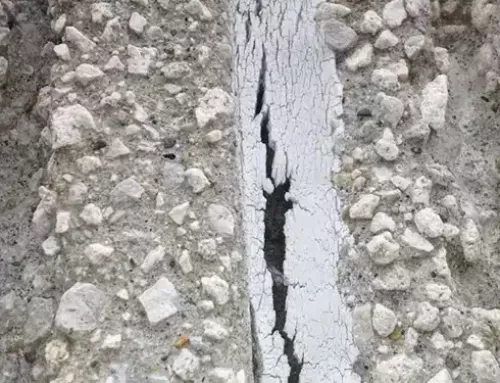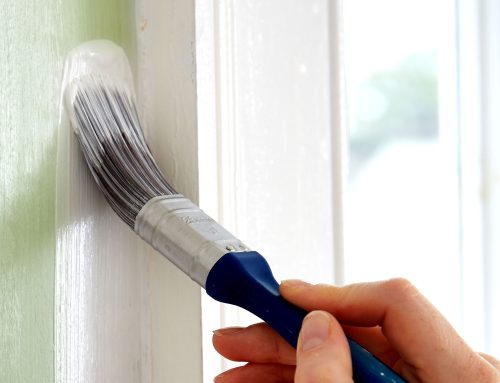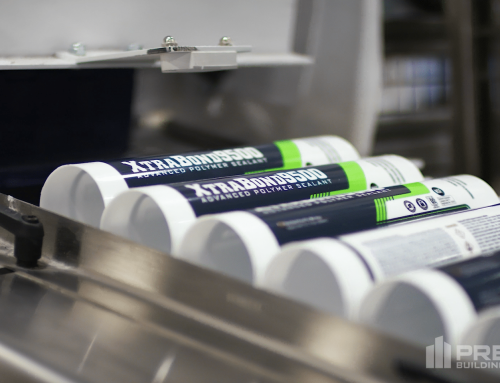Sealants are fundamental in constructing robust and visually appealing buildings, particularly when it comes to tilt wall panels. These essential products bolster the structural integrity of tilt wall panels while safeguarding against moisture infiltration and environmental wear. High-performance sealants for tilt wall panels ensure a reliable seal, enhancing longevity and cutting down maintenance costs. Today, we delve into the significance of sealants for tilt wall panels, identify the most effective types including expansion joint sealants, and outline application techniques for optimal performance.
Importance of Sealants for Tilt Wall Panels
Sealants are crucial for preserving the integrity of tilt wall panels by preventing water intrusion. Water penetration can lead to numerous issues such as structural damage, mold growth, and compromised insulation. High-quality sealants for tilt wall panels effectively seal joints and seams, creating a protective barrier against moisture, thus ensuring the wall structure’s longevity and reducing maintenance expenses.
Environmental factors like temperature variations, humidity, and harsh weather can substantially affect tilt wall panels. These conditions can cause materials to expand and contract, potentially leading to cracks and gaps. The right sealants are designed to accommodate these movements, offering flexibility and resilience that enhances the panels’ overall performance. This adaptability is vital for maintaining the building’s structural integrity and aesthetic appeal.
Using premium sealants provides numerous advantages, including enhanced durability and superior adhesion properties. Expansion joint sealants are formulated to withstand environmental rigors, ensuring long-term effectiveness. This not only helps maintain the aesthetic quality of tilt wall panels but also boosts energy efficiency by minimizing air leaks.
Types of Sealants Suitable for Tilt Wall Panels
Selecting the right sealant is vital for ensuring the durability and performance of tilt wall panels. In the past, popular options were polyurethane and silicone sealants. However, modern hybrid sealants combine the best properties of silicones and urethanes. These “hybrids” have emerged as a leading sealant choice for tilt wall panels.
In addition to silicone vs. urethane vs. hybrid, it’s also important to distinguish between elastomeric and non-elastomeric sealants. Elastomeric sealants are designed to stretch and move with the materials they cover, offering a robust solution for areas prone to temperature fluctuations or structural shifts. Non-elastomeric sealants, while effective, are less flexible and may be better suited for static applications with minimal movement. Choosing the right type depends on specific application needs and environmental conditions.
Additionally, concrete expansion joint sealants play a critical role in maintaining the integrity of tilt wall panels by accommodating expansion and contraction. When selecting a sealant, consider factors like adhesion, flexibility, and weather exposure. By focusing on your application needs, you can make informed decisions that ensure the longevity and integrity of your tilt wall panels, reinforcing the quality of your construction work.
Application Techniques for Optimal Performance
Proper application of sealants on tilt wall panels is crucial for ensuring structural longevity and effectiveness. Follow these step-by-step guidelines for optimal performance:
Step 1: Prepare the Surface – Clean the area thoroughly to remove dirt, dust, or debris, ensuring better adhesion.
Step 2: Choose the Right Sealant – Select a high-quality concrete expansion joint sealant designed for tilt wall applications for superior bonding and longevity.
Step 3: Apply with Precision – Use a caulking gun for even application. Begin at one end and proceed steadily to avoid gaps, ensuring sufficient sealant fills joints and seams without excessive overflow.
Step 4: Tool the Sealant – Post-application, tool the sealant with a spatula or finger for proper joint filling and a smooth finish.
Avoid common mistakes such as applying in damp conditions, which can hinder proper curing, or rushing the process, leading to uneven application. Additionally, ensure adequate sealant coverage to prevent future leaks.
Follow the manufacturer’s guidelines regarding curing times and environmental conditions for best results. Utilizing high-quality sealants for tilt wall panels ensures your tilt wall panels are effectively sealed and protected against moisture and air infiltration for years.
To view Premier’s sealant for Tilt Wall Panels, visit: https://premierbuildingsolutions.net/product/xtrabond-9550-advanced-polymer-sealant/




















Leave A Comment